Address: 57 Ahlone Road, inside People's Park
Year built: 1986-1987
Architect: Unknown
A stroll through People’s Park is a welcome distraction from Yangon’s hustle and bustle. Several unique sites greet the visitor, including a decommissioned Fokker propeller plane, a locomotive, some tree-top observation platforms—and the Planetarium. The windowless white building is near the Yangon Gallery in the southwestern end of the park. You could easily miss it amid the trees. It is open most days from 10am to 3pm. Inside, the building features Japanese stargazing equipment. Former military dictator Ne Win took an interest in astrology. He was reportedly quite pleased with this Japanese gift and used it to coincide his strategic moves and political plots with auspicious times. He told his astrologers to perfect their horoscopes using these modern electronic devices. As a result, the Planetarium was allegedly off-limits to the public, although Japanese officials denied this at the time.
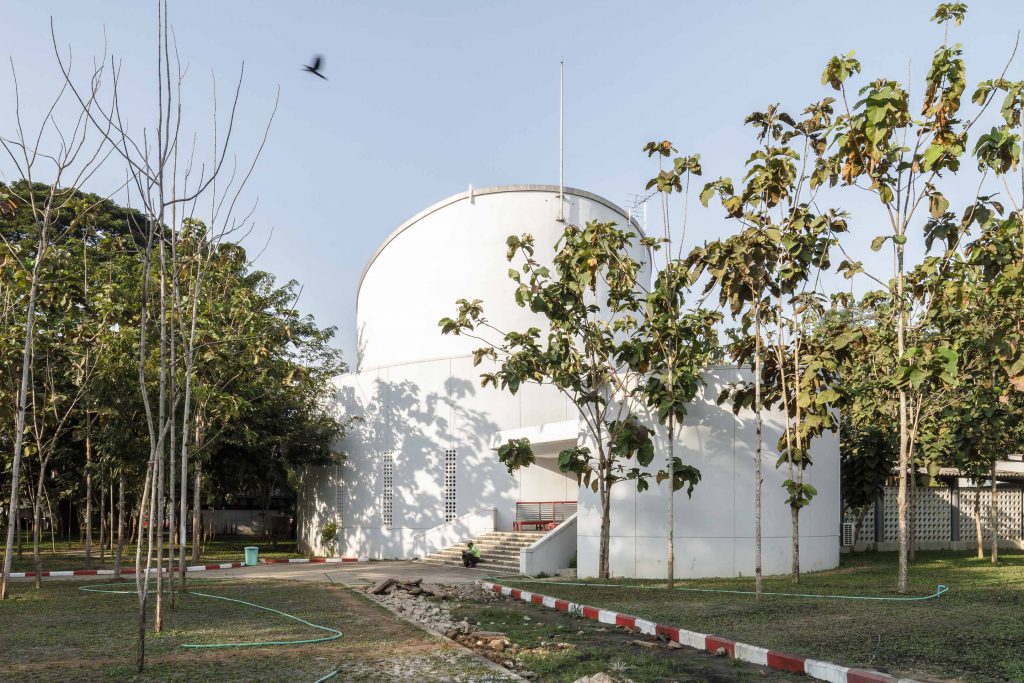
The fates of Japan and Myanmar were tangled in the 20th century. Though their motives differed, Japan supported General Aung San’s nationalist movement in its fight against the British. Burma was of strategic interest to wartime Japan, which desperately sought oil and other natural resources to counteract the effects of Allied sanctions. Japan also wanted to cut through the Allied supply lines supporting Chiang Kai-shek’s government in Chongqing, China. At the time, Japan was also locked in conflict in Manchuria and beyond. Almost 200,000 Japanese soldiers perished on Burmese soil during the Second World War.
Despite the humiliating retreat of Japanese forces after their defeat in 1945, Japan’s influence remained strong during Burmese independence. Take its national army, the Tatmadaw: it started life strongly modelled on Japan’s army, since Aung San and his fellow Thakins received the best Japanese training. Japan and Burma entered into diplomatic relations in 1954 and Japanese development—or reparation—payments were a welcome source of funds for the fledgling and troubled democracy. After a short cooling-off period during the first years of the Ne Win regime, Japan resumed its role as the most generous donor to the country, providing two-thirds of total bilateral assistance between 1973 and 1988. Japan’s aid was strategic and natural resources still topped the agenda. As is often the case with Japanese aid, a lot of the money was tied to public procurement contracts that were hugely advantageous to Japanese firms. Eleven of them had offices in Yangon in the late 1980s. Controversially, Japan was also one of the few countries to maintain diplomatic ties with the military junta after 1988.
Today Japan has become a major investor in Myanmar’s opening-up and regards strengthened bilateral cooperation with the country as an important facet of its foreign policy, not least to keep China’s regional aspirations in check. To this end, Japan has forgiven hundreds of millions of US dollars worth of debt, generously supports a major deep sea port project near Yangon and is involved in a myriad of projects throughout the country. A real community of Japanese businesses has settled here; contrary to more cautious Western investors, they are not afraid to put their money to work in Myanmar. The Japanese development agency JICA is also the most active of the major bilateral aid bodies. Critical voices point out that Japanese aid is often tied to public procurement projects that benefit Japanese firms: look out for Japanese rolling stock on Yangon’s railway tracks. A rough headcount suggests there are more than 60 Japanese restaurants around the city, many of them perfectly authentic down to the gaggles of homesick salarymen who appear at dinner time.
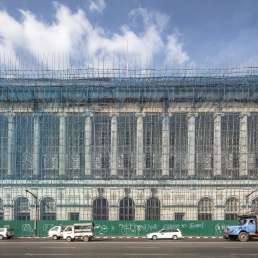
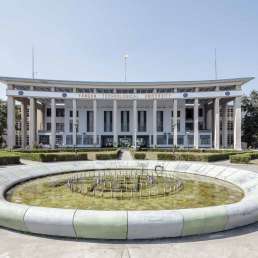
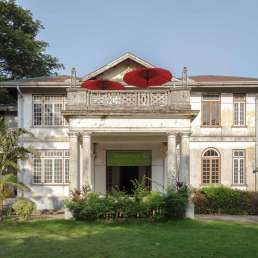
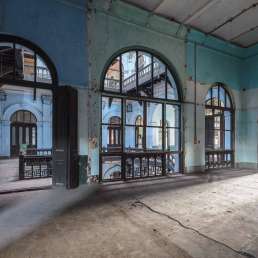
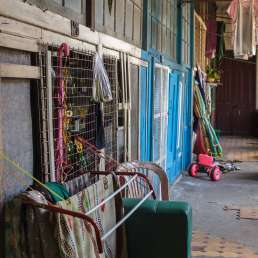
May I know opening time and day.
And contact phone number.
Thank you